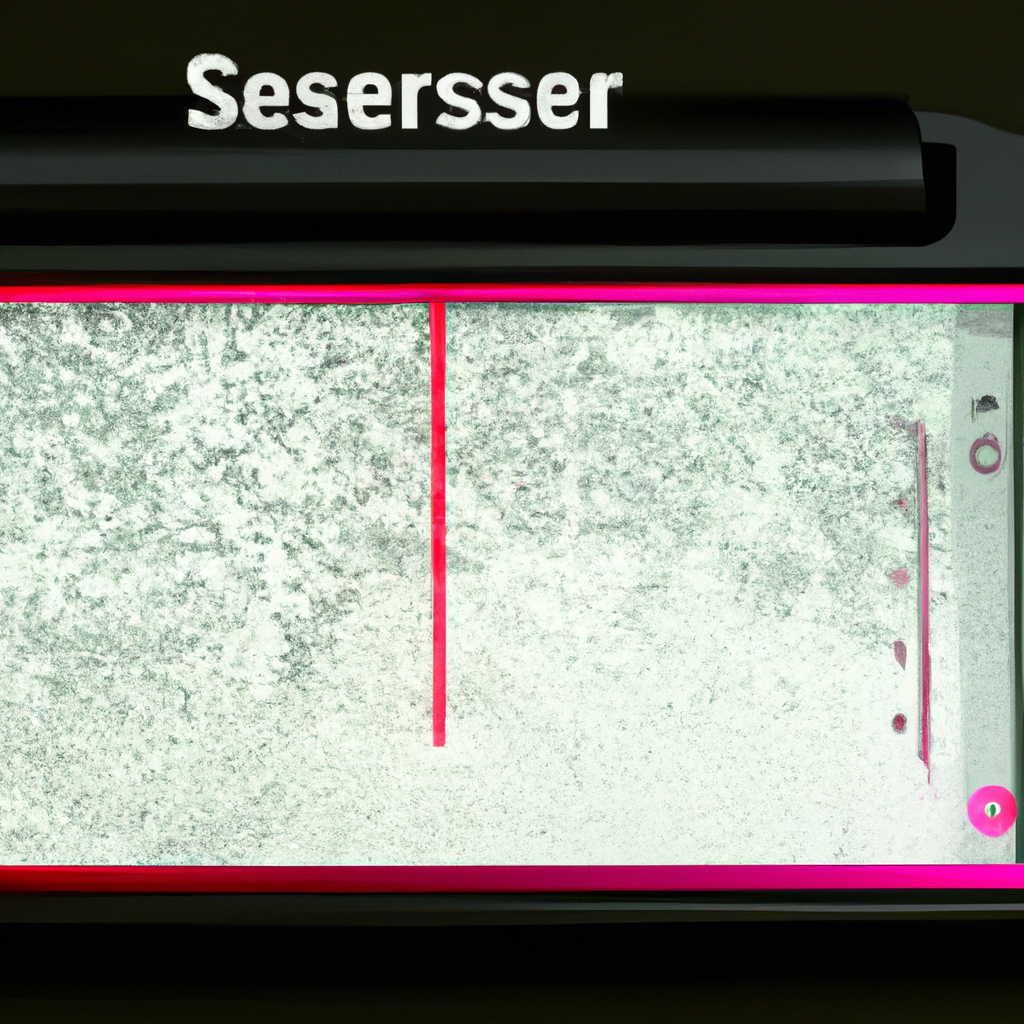Infrared sensors are used in various applications, from detecting temperature changes to monitoring motion. They work by detecting infrared radiation, which is a type of electromagnetic radiation that is invisible to the naked eye. In this article, we will discuss how infrared sensors work, their working principle, detection, technology, applications, advantages, and disadvantages.
Working Principle of Infrared Sensors
An infrared sensor works by emitting and detecting infrared radiation. It has a special component called a pyroelectric detector that converts the infrared radiation into an electrical signal. When an object emits infrared radiation, the sensor detects it and converts it into an electrical signal. The electrical signal is then processed and analyzed to determine the presence or absence of an object.
Detection
Infrared sensors are used to detect various things, including temperature changes, motion, and gas leaks. They are used in industries such as automotive, aerospace, and security. In the automotive industry, infrared sensors are used to detect the temperature of engine components and other parts. In the aerospace industry, they are used to detect temperature changes in aircraft engines and other critical components. In the security industry, they are used to detect motion and intruders.
Technology
Infrared sensors are made up of several components, including the emitter, detector, and processing unit. The emitter emits the infrared radiation, and the detector picks up the radiation and converts it into an electrical signal. The processing unit analyzes the signal and determines the presence or absence of an object.
There are two types of infrared sensors: active and passive. Active sensors emit infrared radiation and detect the reflected radiation. Passive sensors detect the infrared radiation emitted by objects. Both types of sensors are used in various applications.
Applications
Infrared sensors are used in various applications, including temperature measurement, motion detection, gas detection, and communication. In the medical industry, they are used to measure body temperature and detect infections. In the automotive industry, they are used to detect obstacles and monitor the temperature of engine components. In the security industry, they are used to detect motion and intruders.
Advantages
Infrared sensors have several advantages, including their ability to detect objects that are not visible to the naked eye. They are also highly accurate and can detect objects at a distance. They are used in various applications and industries, making them versatile and useful. Infrared sensors are also relatively easy to install and use, making them cost-effective.
Disadvantages
Infrared sensors have some disadvantages, including their sensitivity to environmental conditions such as temperature and humidity. They can also be affected by interference from other sources of infrared radiation, which can cause false readings. Infrared sensors are also limited in their range, making them suitable for only certain applications.
Conclusion
Infrared sensors are an important technology that is used in various applications and industries. They work by detecting infrared radiation and converting it into an electrical signal. The sensor’s working principle, detection, technology, applications, advantages, and disadvantages have been discussed in this article. Infrared sensors have several advantages, including their accuracy and versatility. However, they also have some disadvantages, including their sensitivity to environmental conditions and interference from other sources of infrared radiation. Overall, infrared sensors are an essential technology that is used in various industries and applications.







